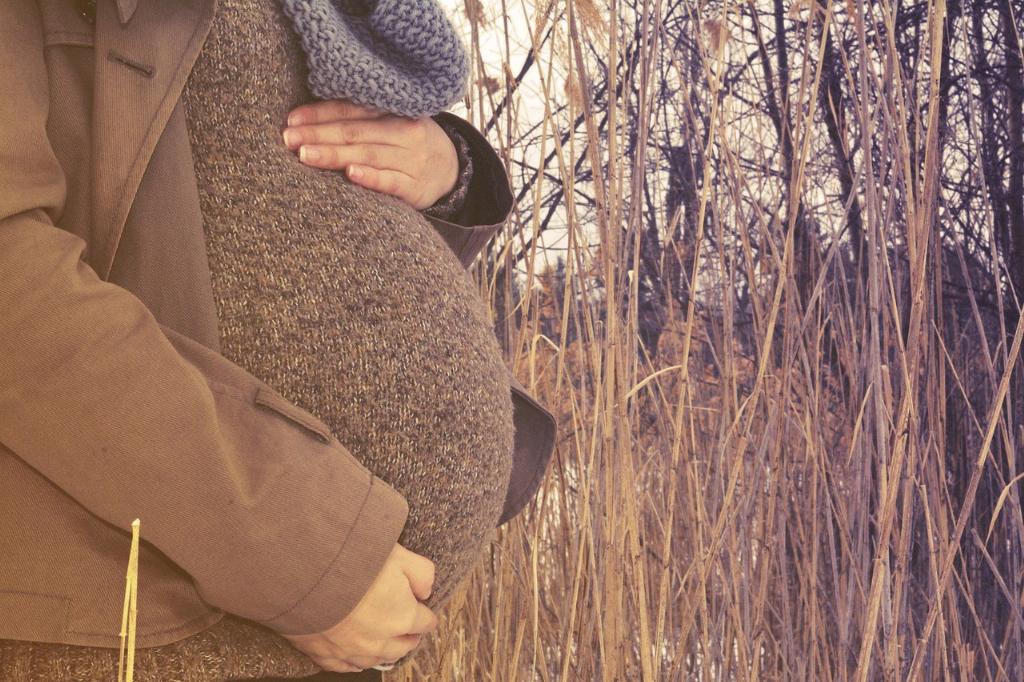When it comes to understanding the symptoms of pneumonia after a C-section, it is essential to be aware of the potential signs that may indicate a developing respiratory infection. Pneumonia is a serious condition that can occur after surgery, including a C-section, and being able to recognize the symptoms can lead to prompt medical intervention and treatment.
1. Onset of Cough
One of the common symptoms of pneumonia after a C-section is the onset of a persistent cough. This cough may be dry or productive, and if it persists or worsens over time, it is important to consult with a healthcare provider for further evaluation.
2. Presence of Chest Pain
Chest pain can also be a symptom of pneumonia following a C-section. The pain may be sharp or dull and can worsen with deep breathing or coughing. If you experience chest pain after a C-section, it is crucial to seek medical attention promptly.
3. Development of Fever
A fever can indicate an underlying infection, such as pneumonia, after a C-section. If you have a persistent fever or a fever that spikes suddenly, it is essential to notify your healthcare provider to determine the cause and appropriate course of action.
4. Difficulty Breathing
Difficulty breathing, also known as dyspnea, can be a significant symptom of pneumonia after a C-section. If you experience shortness of breath, rapid breathing, or wheezing, it is crucial to seek medical attention immediately as respiratory distress can be a serious complication.
5. Fatigue and Weakness
Feeling unusually fatigued or weak after a C-section can also be a sign of pneumonia. Pneumonia can drain your energy and make simple tasks feel exhausting. If you notice persistent fatigue despite ample rest, it is essential to discuss this with your healthcare provider.
6. Rapid Heart Rate
An increased heart rate, also known as tachycardia, can occur as a response to pneumonia after a C-section. If you notice your heart rate is consistently elevated without physical exertion, it is important to have this evaluated by a healthcare professional.
7. Sudden Chills or Sweating
Sudden onset of chills or profuse sweating can be indicative of an underlying infection, including pneumonia, following a C-section. Pay attention to any sudden changes in body temperature and communicate these symptoms to your healthcare provider.
8. Bluish Skin or Lips
If you notice a bluish tint to your skin, particularly on your lips, fingertips, or nail beds, it can be a sign of decreased oxygen levels in the blood, a potential complication of pneumonia after a C-section. Seek immediate medical attention if you observe these changes.
9. Confusion or Mental Changes
Pneumonia can sometimes lead to confusion or altered mental status, especially in older adults or individuals with compromised immune systems. If you or a loved one experiences sudden mental changes after a C-section, it is crucial to seek medical assistance promptly.
10. Loss of Appetite
A decreased appetite or aversion to food can be a symptom of pneumonia after a C-section. If you notice a significant loss of appetite accompanied by other respiratory symptoms, it is important to discuss this with your healthcare provider for appropriate evaluation and management.
11. Productive Cough with Phlegm
If your cough after a C-section becomes productive, meaning you start coughing up thick yellow or greenish phlegm, it could be a sign of pneumonia. Changes in the color or consistency of sputum should prompt a visit to your healthcare provider for further assessment.
12. Persistent Symptoms
It is crucial to monitor your symptoms closely after a C-section and seek medical attention if you experience any of the aforementioned signs of pneumonia. Prompt diagnosis and treatment can help prevent complications and promote a faster recovery.

